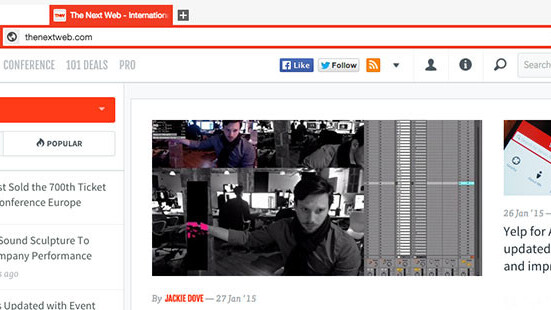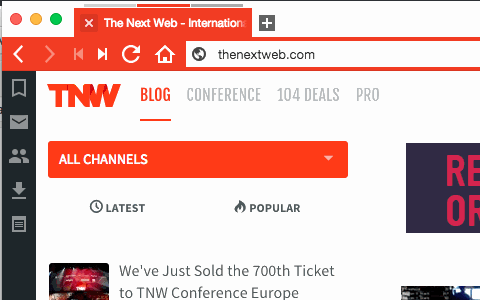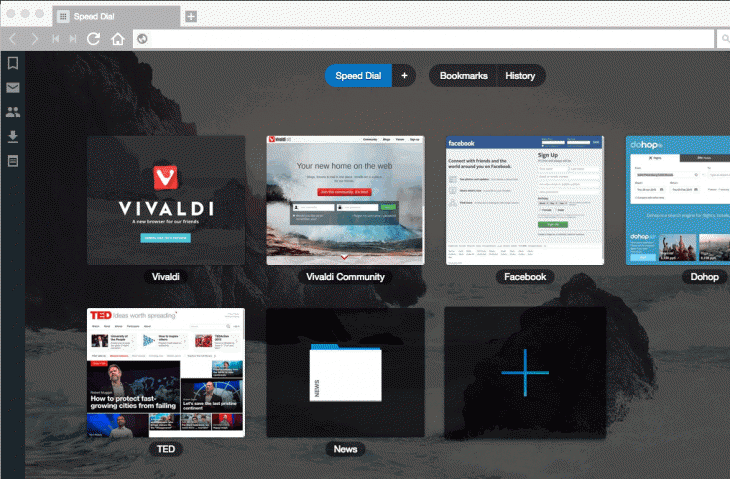
Hot on the heels of Microsoft announcing its newest browser, Project Spartan, we’ve got another brand new contender in the browser wars: Vivaldi.

The new browser, which is available for Windows, Mac and Linux, is still in its early days, but offers a number of features that loyal Opera users may remember. It sports mouse gestures for browsing and the familiar “speed dial” interface that shows your favorite tabs on the new tab page.
 Vivaldi also has some new tricks up its sleeves. Multiple tabs can be combined into one for easy browsing of related sites. For example, if you were doing research online you could group all the tabs on that topic into one to save space.
Vivaldi also has some new tricks up its sleeves. Multiple tabs can be combined into one for easy browsing of related sites. For example, if you were doing research online you could group all the tabs on that topic into one to save space.
Another feature allows you to take notes right in the browser, along with screenshots, which makes it easy to remember exactly why you thought a page was important.
I tried Vivaldi for a few days before its release and it’s a snappy browser that pays a lot of homage to Opera. The browser’s interface subtly fades colors as you change site, to match the dominant color on the page. I think it’s got big potential for power users, with features like ‘quick commands’ that helps you search or run commands just like OS X’s Spotlight.
Vivaldi is a new project started by former CEO and co-founder of Opera, Jon von Tetzchner. You might remember Tetzchner for famously saying he’d swim from Norway to the US if Opera 8 got a million downloads in the first four days; which he actually attempted. After leaving Opera in 2011, Tetzchner founded Vivaldi in December 2013.
I asked Tatsuki, a co-founder of Vivaldi, why the team started a new browser, when there are so many on the market and he said “we feel that there is a need for a more powerful browser for people who want more from their browser” and that “most browsers in the market today are offering similar, non differentiated [and are] relatively simple.”
I was curious about what Vivaldi offers over Opera and why Vivaldi was somewhat similar. Tatsuki said that “Opera used to offer many unique powerful features, but like I say above, Opera too now offers more simple product […] we know that there are still many millions of people out there who are using an old version of Opera.”
Because of this, the initial focus of Vivaldi is to deliver some of the functionality that existed in Opera in the past, as well as adding more going forward.
Vivaldi is using the Chromium (Blink) rendering engine that’s found in Chrome, but the browser itself is almost entirely built using modern web technologies including React, Node.js and a number of Node modules.
Right now, the browser is only a technical preview, but there are big plans for Vivaldi in the future. In the coming months, there are plans to add sync, mail support, better performance and extensions. Tatsuki also said that Vivaldi will be shaped by the community for the most part, so the feature set will be guided by user demand.
Vivaldi is available as a technical preview for Windows, Mac or Linux today.
➤ Vivaldi
Get the TNW newsletter
Get the most important tech news in your inbox each week.






